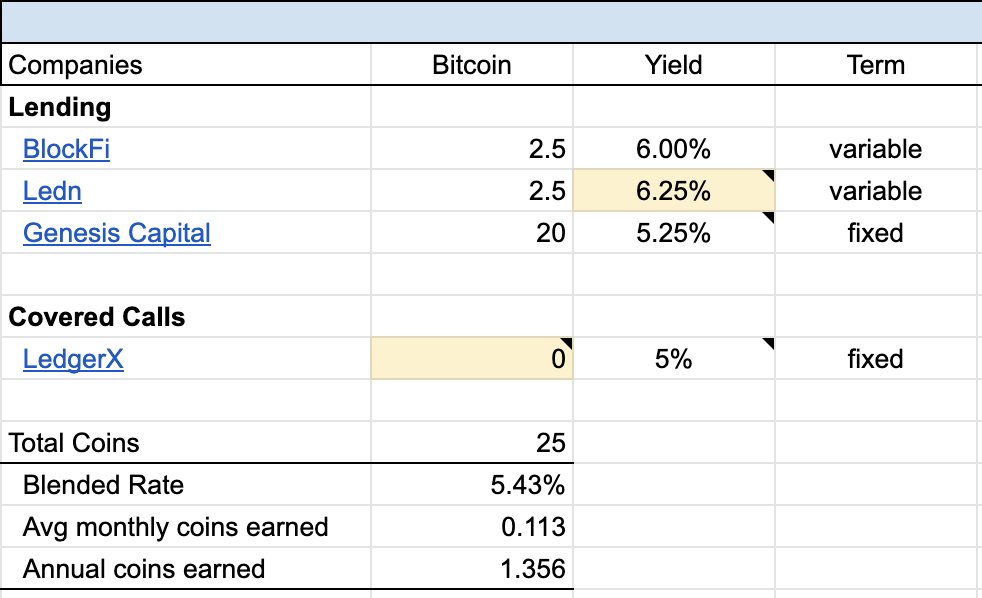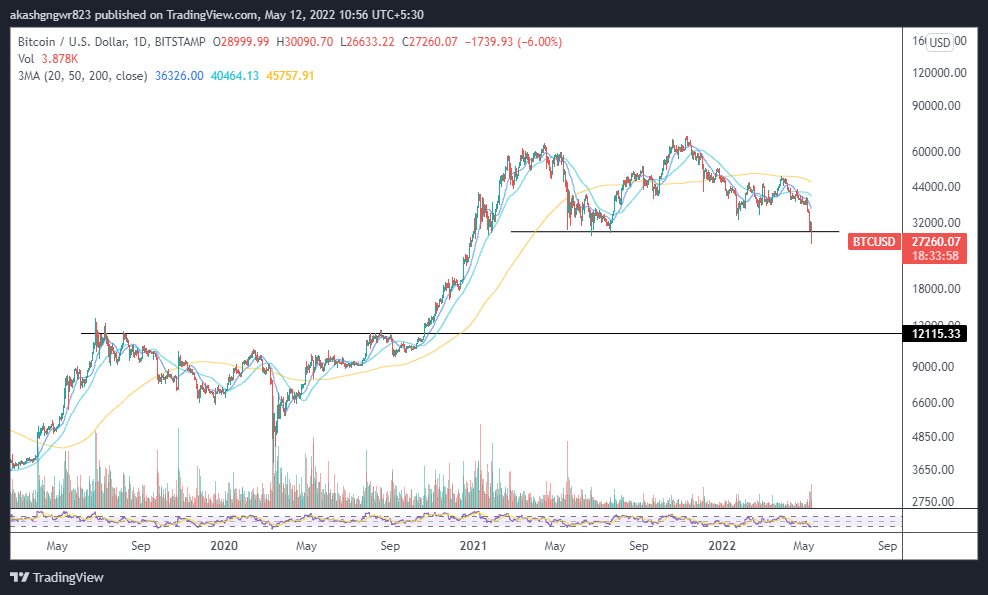2/ Marketing viral loop
“A viral loop is a mechanism that drives continuous referrals for continuous growth.
It’s how you drive your existing customers to refer others to your brand, and in turn, get those new customers to tell even more people about you." -
@ReferralRock
3/ Most of us heard about Bitcoin in 2013, 2017, when friends and family were talking about the rapid price increase. It’s through this viral loop that Bitcoin grows in adoption.
4/ The price is that signal to folks that Bitcoin is interesting, solves a problem, and that others are recognizing it as a new money. If Bitcoin’s price had stayed at $100 none of us would be here. While there is volatility, we keep seeing higher lows = long term trend upwards.
5/ Satoshi built a viral loop into Bitcoin.
“As the number of users grows, the value per coin increases. It has the potential for a positive feedback loop; as users increase, the value goes up, which could attract more users to take advantage of the increasing value.” - Satoshi
6/ Satoshi wrote this before Bitcoin was even worth $0.01. In the chart below, we have Bitcoin’s price, inflation rate (aka issuance of new coins), and halvings which are the dotted lines. As we can see, a bull run has occurred after each halving.
7/ It is hypothesized that halvings induce these cycles (a reduction in new supply). The idea being a reduction in supply + increase in demand = number go up.
8/ What is unique to Bitcoin vs gold or oil is that there is no supply response to increases in demand.
This means that no more Bitcoin are produced as demand for it increases. With gold or oil, they can be sourced from increasingly more expensive/difficult places when demand ⬆️
9/ User Adoption
In bull runs, user adoption increases. For Bitcoin, as SoV, adoption = buying and HODLing. As we can see with the below chart of Coinbase users, 2017 and late 2020 had enormous increases in users as Bitcoin price started to climb.
https://t.co/6P3WIDxGBU
10/ Funding
With the price increase, more funding is thrown at the space to support a variety of existing and new businesses: exchanges, wallets, data providers, etc. This ensures that there are easy ways for people to buy Bitcoin, store it, and run full nodes.
11/ As we can see in the below chart, in 2018 there was an enormous surge in fundraising activity (Late 2017/early 2018 was the bull run).
12/ Liquidity
As the price rises, so does trading volume. When Bitcoin becomes more liquid, that enables larger and larger participants (ex: Institutional traders/Telsa) to buy substantial amounts of Bitcoin without too much slippage.
13/ This leads to a flywheel effect: as Bitcoin’s liquidity increases, the number of potential new traders does as well (more can get in and out of the position).
14/ Bitcoin core development
The below chart represents code commits for Bitcoin over time. As Bitcoin’s price has increased, so has developer activity and review of Bitcoin core code.
15/ Patron/corporate funding of Bitcoin developers has dramatically increased over the years as well. On the corporate side here is the breakdown of funding as of a year ago:
16/ And Bitcoindevlist is a more grassroots approach to core developer funding where you can fund different Bitcoin developers directly to their personal wallets. With the price appreciating, more of them receive funding!
17/ Security Model
As the price of BTC increases, the value of the block reward increases as well, which incentivizes miners to bring more hashrate online to mine. The higher the hash rate of a cryptocurrency network, the more expensive to 51% attack.
18/ In the early stages of the network, Bitcoin miners are rewarded more heavily by the block subsidy (newly minted coins) than transaction fees. With Bitcoin’s disinflationary monetary policy, approximately every 4 years the block subsidy drops by 50%.
19/ This creates both volatility and a price increase: if demand remains constant (or increases), the reduction in supply means demand is chasing less freshly minted Bitcoins hitting the market. Reduction in supply + increase in demand = price go up.
20/ While the two represent the same security budget, the block subsidy and transaction fees are very different. For the block subsidy, its value is both as a rational way to issue new Bitcoins and as a viral FOMO loop built into the protocol....
21/... which increases the number and network effect of believers in Bitcoin. It further stretches out the need for transaction fees to solely provide security. Hence why it’s called a “subsidy."
22/ Over the long term, a tradeoff occurs: as network effect becomes larger, demand for block space increases, thus decreasing the need for a block subsidy.
We’re seeing the miner % of revenue from fees start to climb up in the 2017 and 2020/2021 bull runs. Bitcoin is fine.
23/ Conclusion
Bitcoin’s price is the singular function that enables Bitcoin to grow in user adoption, liquidity, funding, security, and core development.
It is the most important aspect of Bitcoin. Don’t let anyone tell you otherwise.
24/ Enjoy this tweet storm?
Subscribe to my newsletter to get it first on Thursdays!
https://t.co/TYJDErcY6C







